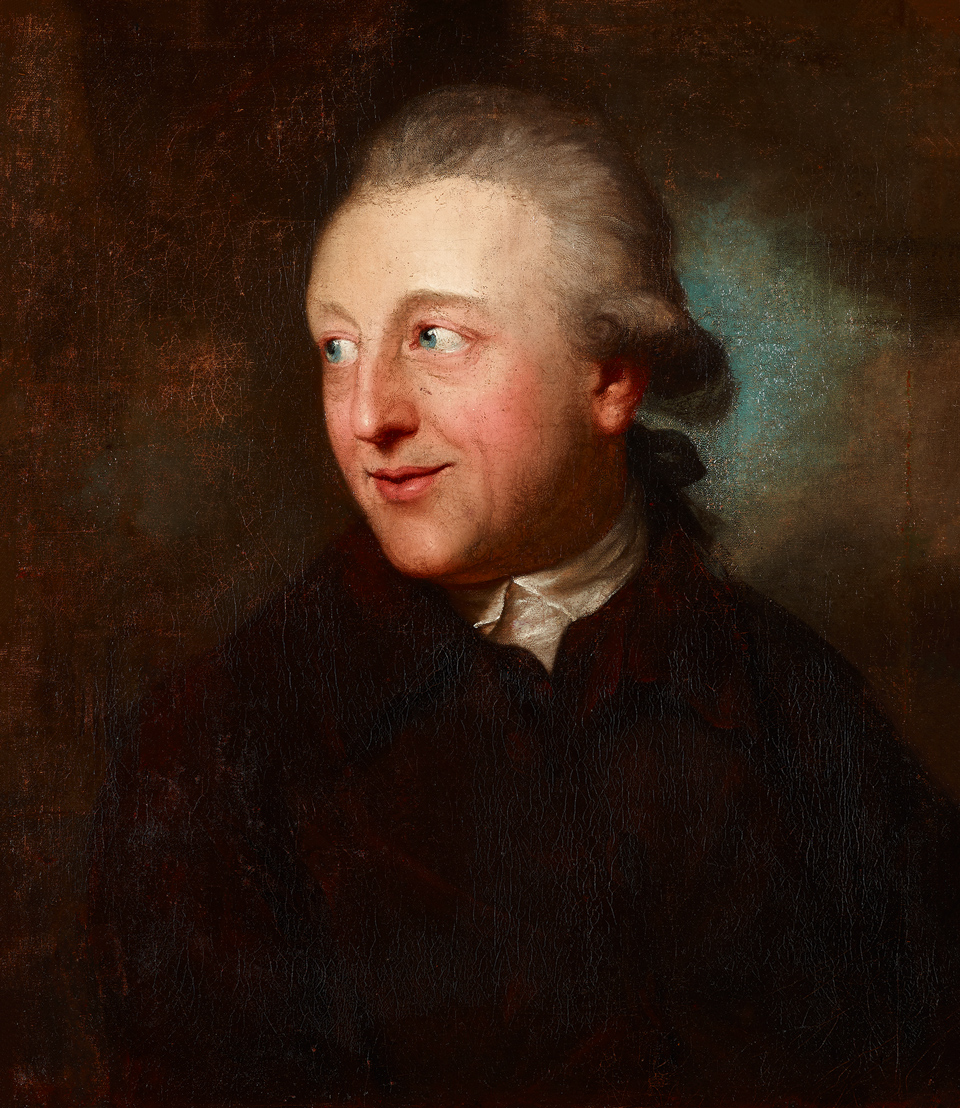Pathways to the Castle of Modernism
1911: The Museumsgesellschaft or Association of Museum‘s Supporters
01.10.2022 — 08.01.2023
Cabinet exhibition Stifter & Schenker III

Ever since the foundation of Kunstmuseum Moritzburg Halle (Saale) benefactors and donors have been of great importance. Over the past 130 years and more, some 900 individuals and institutions have made donations to the museum of various types and sizes. Since 2011 the museum project “Stifter & Schenker” (Benefactors and Donators of the Museum) initiated by the “Freunde und Förderer des Kunstmuseums Moritzburg Halle (Saale) e. V.” (Friends and Supporters of the Museum) reveals with a series of multiple exhibitions and publications how the collections developed over the course of the museum’s history thanks to civic engagement.
The third part of that project involved the presentation of a representative selection of different donations by the “Museumsgesellschaft” (Association of Museum’s Supporters) and its predecessor, the “Museumsverein” (Museum Association).


"Museumsverein" & "Museumsgesellschaft"
1898: Der Museumsverein
(Museum Association)
In 1885, the City of Halle (Saale) inaugurated its municipal Art Museum, today the Landeskunstmuseum Sachsen-Anhalt (Art Museum of the Federal State of Saxony-Anhalt). Up as far as the turn of that century in 1900, reports on the progress of the museum’s holdings included the lament that the museum had much too little funds at its disposal to be able to develop the holdings decisively. So as to enable the museum to proceed in a more conceptual way, in June 1898 its first director Franz Otto (1832–1901), a man of independent means, set up the “Museumsverein” or Museum Association, which was chaired by the Lord Mayor Gustav Staude (1843–1909). In his publication celebrating the first 15 years of the museum’s existence, from 1885 to 1900, Otto wrote: “… the conviction was becoming more and more evident that, on their own, the up-and-coming large municipalities would not be able to guarantee the means to provide grants for such institutes of adult education.” It was simply not possible to make many acquisitions with the funds from the Museum Association. The most recent research indicates eight donations of fine art items valued at 4,535 Marks (about 32,500 Euros) were acquired for the most part during Otto’s lifetime, between 1899 and 1901. These include the portrait of Johann Reinhold Forster (1729–1798) by the Swiss portraitist Anton Graff (1736–1813).


1911: Die Museumsgesellschaft
(Association of Museum’s Supporters)
In December 1911 Otto’s successor Max Sauerlandt (1880–1934) together with Staude’s successor Lord Mayor Richard Robert Rive (1864–1947) established a similar organisation, the “Museumsgesellschaft” or Association of Museum’s Supporters, aimed at expanding the art collections. Its objective was to anchor the museum more securely in the urban community, to expand the collections through purchases, to encourage donations and at the same time advise the members and in so doing promote a general interest in art. Wealthy citizens and personalities from the realms of politics, business and science promoted the museum’s acquisitions with an average of 5,000 to 6,000 Marks per year. Within a decade, the society enriched the collections by about 100 works of mainly applied art, valued at 15,250 Marks (about 85,400 Euros). These included outstanding Venetian and Bohemian glasses, Delft faïences and Meißen porcelains. In implementing his ambitious plans for enhancing the museum’s profile, Sauerlandt had at his side the Association of Museum’s Supporters, a financially well-endowed body with the help of which he acquired valuable objects for the collection of applied art on show in the museum building in the Moritzburg. These either complemented already existing groups of works or else they belonged in the same context as contemporary acquisitions made with help from other financial sources.











